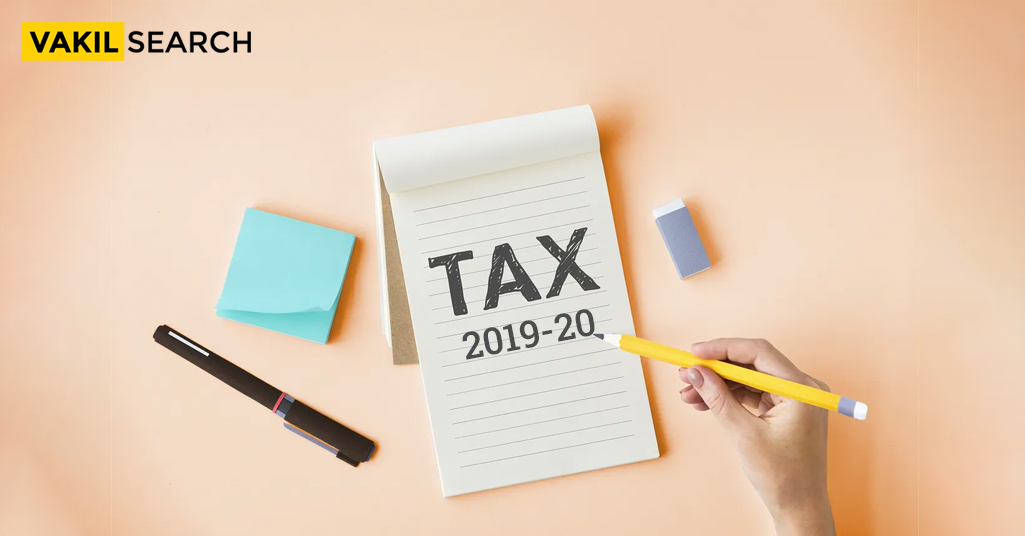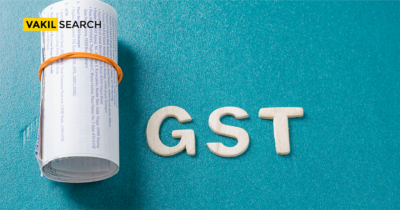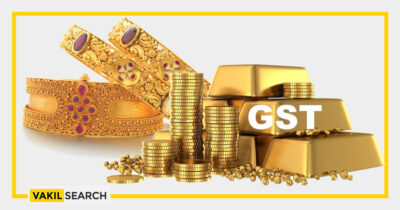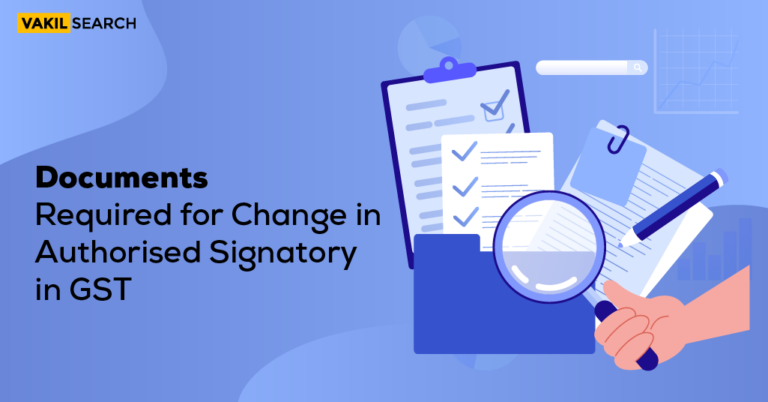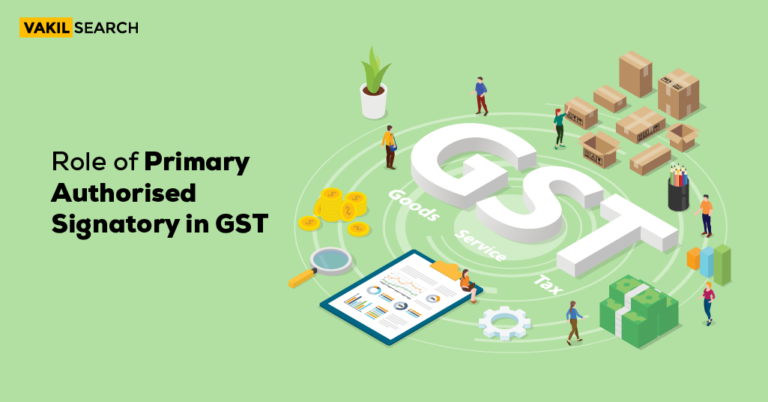In this article, we will discuss the key differentiating points between Central Sales Tax (CST) and Value Added Tax (VAT).
Indirect taxes can be extremely confusing. This is because the taxpayer is not paying the taxes directly to the government. It is collected by a vendor or a service provider who operates as a middleman and then deposited with the government. Since the final consumer is not necessarily needed to keep records of indirect taxes paid, there is a lack of interest in this field of taxation amongst the common man in general.
When it comes to sales tax, the confusion is sometimes even more because sales tax for certain items has to be paid to the central government, and sales tax on other items is paid to the state government.
Thus a businessman must have a clear insight into the various taxation schemes that can help the trade owner to choose the right taxation scheme for their business. Knowing about the difference between VAT and CST schemes can help to avail the taxation benefits.
Difference Between VAT and CST
As a manufacturer or trader, you may be wondering what the difference is between Value Added Tax (VAT) and Central Sales Tax (CST), and when to charge which tax. The answer is, in fact, pretty simple. Simply put, VAT is to be levied on intra-state trade while CST is to be levied on inter-state trade. In most other respects, both are the same, being types of indirect taxations that govern the tax liability of manufacturers and dealers in India. However, let us dig deeper into their differences to better understand both concepts.
| BASIS FOR COMPARISON | CENTRAL SALES TAX (CST) | VAT |
| Meaning | Sales Tax refers to the tax applied to the full value of a product at the time of purchase. | VAT is a tax imposed at every stage of the production and distribution process whenever value is added to the product. |
| Nature | Single point tax | Multi point tax |
| Tax Evasion | Can be possible | Cannot be possible |
| Cascading effect | Yes | No |
| Levied on | Total Value | Value Added |
| Account maintenance | It demands minimal effort due to its straightforward and easily calculable nature. | Ensuring precise record-keeping is crucial because the calculation process is detailed and complex. |
| Tax Burden | Falls on the consumer | Rationalised. |
| Input Tax Credit | Unavailable | Available |
| Area | Applies to the whole country. | Is applicable within the state’s jurisdiction. |
Definitions
Value Added Tax:
Value-added tax or VAT is an indirect tax levied at various stages of production. Prior to this, sales tax was charged at a flat rate on every sale. However, this led to double taxation or what is otherwise known as a cascading effect. When a manufacturer buys raw materials, he pays sales tax on the purchase. But when he processes it and sells it to the customer, the customer again pays the same rate of taxes when in reality tax on raw materials has already been paid and only the value added by the manufacturer in terms of converting the raw materials into finished product must be taxed. So the government came up with a credit system.
Everytime you make a purchase and pay VAT, that amount of VAT is credited to your VAT account. And when you sell the product and collect VAT from the customer, the amount is debited from your VAT account. Then the amount of VAT collected from the consumer and the amount of VAT paid to the vendor are set off against each other. If the VAT collected is higher than VAT paid, then the difference is to be paid to the government.
If the VAT paid is higher than the VAT collected then the business can apply for a refund or a rebate. Typically, all goods fall within four or more schedules, which have a VAT rate of anywhere from 1% to 15%. Dealers or manufacturers must apply for a VAT registration the moment their turnover hits ₹5 lakh per year (this amount also differs from one state to the next).
Central Sales Tax:
CST, or Central Sales Tax, is an indirect tax levied on interstate sales. Unlike VAT, CST is not levied at every stage of production, and not even on the sale of the goods if they are sold in the same state. Only when a manufacturer decides to take the goods to another state does CST need to be levied. You can apply for a CST Registration at a cost of just ₹25 when applying for a VAT Registration.
Stay tax-savvy and stress-free! Use our Online GST Calculator for quick and accurate estimates. Take control of your financial destiny!
Applicability
VAT: VAT is applicable on imported goods as well as those manufactured within the country. While the rate may differ from one type of item to the next, the rate will be the same whether imported or domestically produced.
CST: As with VAT, CST is also levied on both imported goods as well as those produced within the country at the same rate.
Payment & Returns
VAT: VAT Registrants must pay the taxes they collect from customers, less what they have paid to vendors (if any), by a certain date of every month to the government. An account of these payments must be given to the Commercial Taxes Department by a particular date (either monthly or quarterly, depending on the state).
CST: CST must also be paid to the government along with VAT and an account be given to the state Commercial Taxes Department by the same date.
Exemptions
VAT: VAT does not provide general and specific concessions on any goods or produce; however, there are a few goods (differing from state to state) on which no VAT is levied (such as agricultural implements). VAT however, gives full credit on taxes that are already paid.
CST: The Central Sales Tax Act, 1956 gives general as well as specific exemptions on certain goods. CST also gives concessional rates.
Goods and Services Tax
The arrival of GST registration has now brought all indirect taxes under one umbrella hence removing confusions like these once and for all. Any sale of goods and services, no matter which category they belong to, are liable to GST. The rates may differ. But the tax regime is the same.
Conclusion
Taxation is something that all of us try to minimise as much as possible. In order to do that, you need to be aware of all the schemes, exemptions, deductions etc. in order to avail all the tax benefits that you can rightfully claim. This is why it is important to consult a tax expert while preparing and filing your returns. If you have any other queries or need help with any tax registration do get in touch with us and our team of tax experts will assist you with your requirements.
Frequently Asked Questions
What is the Key difference between VAT and GST?
The key difference between VAT (Value Added Tax) and GST (Goods and Services Tax) lies in their structure and application. VAT is a consumption tax levied at each stage of production based on the value added, while GST is a comprehensive tax on the supply of goods and services, covering all stages of production and distribution.
What is Key difference between VAT and sales tax?
The key difference between VAT (Value Added Tax) and sales tax lies in their imposition and scope. VAT is applied at each stage of production based on the value added, while sales tax is levied only on the final sale to the end consumer. VAT encompasses multiple transactions, while sales tax is a single-point levy.
What is the Key difference between VAT and central excise tax?
The primary difference between VAT (Value Added Tax) and central excise tax lies in their application and focus. VAT is levied at each stage of production based on the value added, while central excise tax is imposed solely on the manufacturing or production stage of goods. VAT encompasses multiple transactions, while excise tax is specific to production.
What is the difference between CST and GST?
The fundamental difference between CST (Central Sales Tax) and GST (Goods and Services Tax) lies in their scope and structure. CST is a tax levied on interstate sales of goods, while GST is a comprehensive tax on the supply of goods and services, covering all stages of production and distribution within a country.
How is VAT calculated?
VAT can be calculated as Output Tax minus Input Tax. For example, if a dealer buys goods for ₹100 and pays a 10% VAT (₹10), then sells the goods to you for ₹150 collecting a 10% VAT (₹15), the output tax is ₹15 and the input tax is ₹10.
Who collects VAT in India?
The Indian government imposes the value-added tax (VAT) on the sale of goods and services. Instead of businesses paying VAT directly, consumers are charged VAT as part of the price of goods, and businesses collect it on behalf of the government, thereby making it an indirect tax. Subsequently, businesses are tasked with reporting VAT to the government.
How do I calculate the VAT with the formula?
To calculate VAT, use the formula: VAT Amount = (Net Price * VAT Rate) / 100. First, determine the net price of the goods or services. Then, multiply the net price by the applicable VAT rate, expressed as a percentage, and divide by 100.
Who pays VAT?
VAT is ultimately paid by consumers. While businesses collect VAT on behalf of the government by including it in the price of goods or services, consumers bear the burden of VAT as it is incorporated into the final price they pay for products and services.
Why VAT is replaced by GST?
VAT was replaced by Goods and Services Tax (GST) to streamline taxation, unify indirect taxes, and create a single, cohesive tax system. GST eliminates cascading taxes, promotes ease of doing business, enhances tax compliance, and fosters a more efficient and transparent tax regime, benefiting both businesses and consumers.


